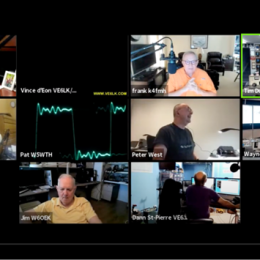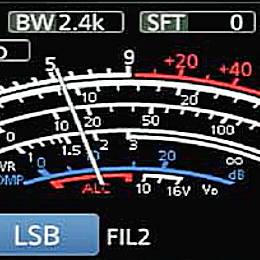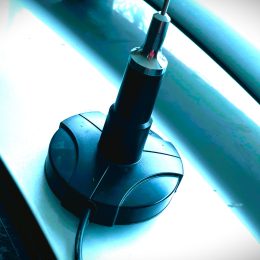Products & Product Reviews
Q. What timepiece did Ronald Reagan give to Mikhail Gorbachev as a gift? Which global time display appeared in the movies “Clear and Present Danger,” “Patriot Games,” and “The Hunt […]
Technical Articles
You’re hosting a party and someone arrives who probably wouldn’t have made your invite list. Maybe someone brought them along, your XYL said you had to invite them, or they asked […]
Tools
The Queen of Soul may have been way ahead of her time. “Who’s Zoomin’ Who” is the title of a 1985 Aretha Franklin tune. In the context of the song, […]
HAM Radio 101
Whether you’re interested in emergency communication, electronics, or just want to talk to people worldwide, passing the ham radio test is the first step. To get licensed, you need to […]
Products & Product Reviews
Most of us think about antennas and radios when it comes to protecting our stations, but what about computers? They’ve also become an indispensable part of on-the-air operations, especially for […]
Antenna Tech
For some amateur radio operators, putting up a full-length HF dipole is not always feasible. With today’s postage-stamp-sized lots, some hams can only dream of installing a dipole for 80 […]
DC Power
One of the really annoying things about ham radio is the sheer number of different cables and connectors out there. With USB alone, there are four or five common ones, […]
Technical Articles
Everyone wants to know how their signal sounds on the air. Often, the best way to find out is to get a signal report from other ham radio operators. The […]
Technical Articles
Have you considered returning to ham radio after a number of years off the air? Like many of us, you started out with a license and then life happened—job, family […]
Antenna Tech
The best mobile antenna money can buy isn’t any better than the ground plane it is mounted over. Remember the basic dipole—it needs two elements to be complete. Your vertical […]











